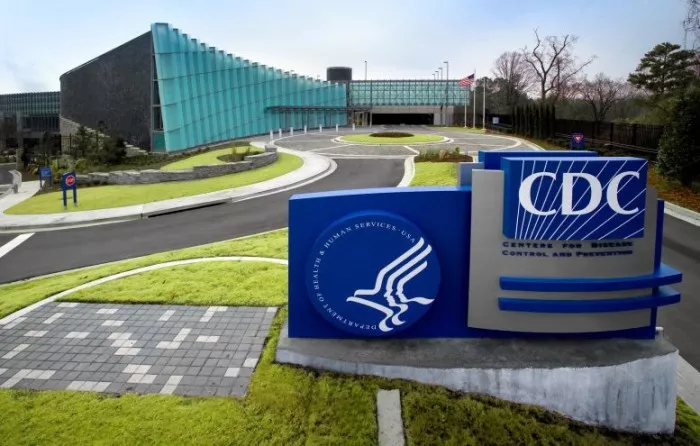On May 6 local time, the Centers for Disease Control and Prevention (CDC) said it was investigating 109 cases of unexplained hepatitis in children in 25 states. According to the report of CNN on May 6, at present, 14% of the confirmed children need liver transplantation, 5 children die and more than 90% need hospitalization.

Jay Butler, deputy director of CDC in charge of infectious disease prevention and control, stressed that CDC would cooperate with state health departments to conduct relevant investigations. Butler said that all hepatitis cases are not caused by the same cause, and the cause is unclear. Butler said that although adenovirus was detected in more than 50% of confirmed children, its role remains unclear and remains to be seen.
Butler pointed out that adenoviruses F40 and F41 are often related to hepatitis, but basically only children with low immune function will be infected with these two viruses. "We can't fully confirm that this is only caused by adenovirus, and there is still a lot to study and understand." The World Health Organization (who) said recently that it is only a possible hypothesis that adenovirus causes hepatitis in children, and the agency is investigating the pathogen.
Researchers from the UK health and Safety Agency (ukhsa) released a briefing on unexplained hepatitis in children on the 6th, CNN reported. According to the briefing, the researchers tested 126 of 163 cases for adenovirus, of which 91 were positive for the pathogen. In addition, British researchers tested 132 cases for novel coronavirus, and only 24 cases were positive. The researchers said that at present, they are testing and investigating drugs, toxins and environmental factors, but the cause of this kind of hepatitis is likely to be caused by some kind of infection.
It is reported that Philippa Easterbrook, a senior scientist of the World Health Organization's global hepatitis project, said on May 4 that as of May 1, at least 228 cases of unexplained hepatitis in children had been reported in 20 countries around the world, and researchers are investigating more than 50 cases.
Agence France Presse recently pointed out that the who said on the 3rd that most of the unexplained hepatitis cases in children came from Europe, and some cases also appeared in the Americas, Southeast Asia and other places. Many cases have jaundice and gastrointestinal symptoms, a few cases have liver failure, and even need liver transplantation.